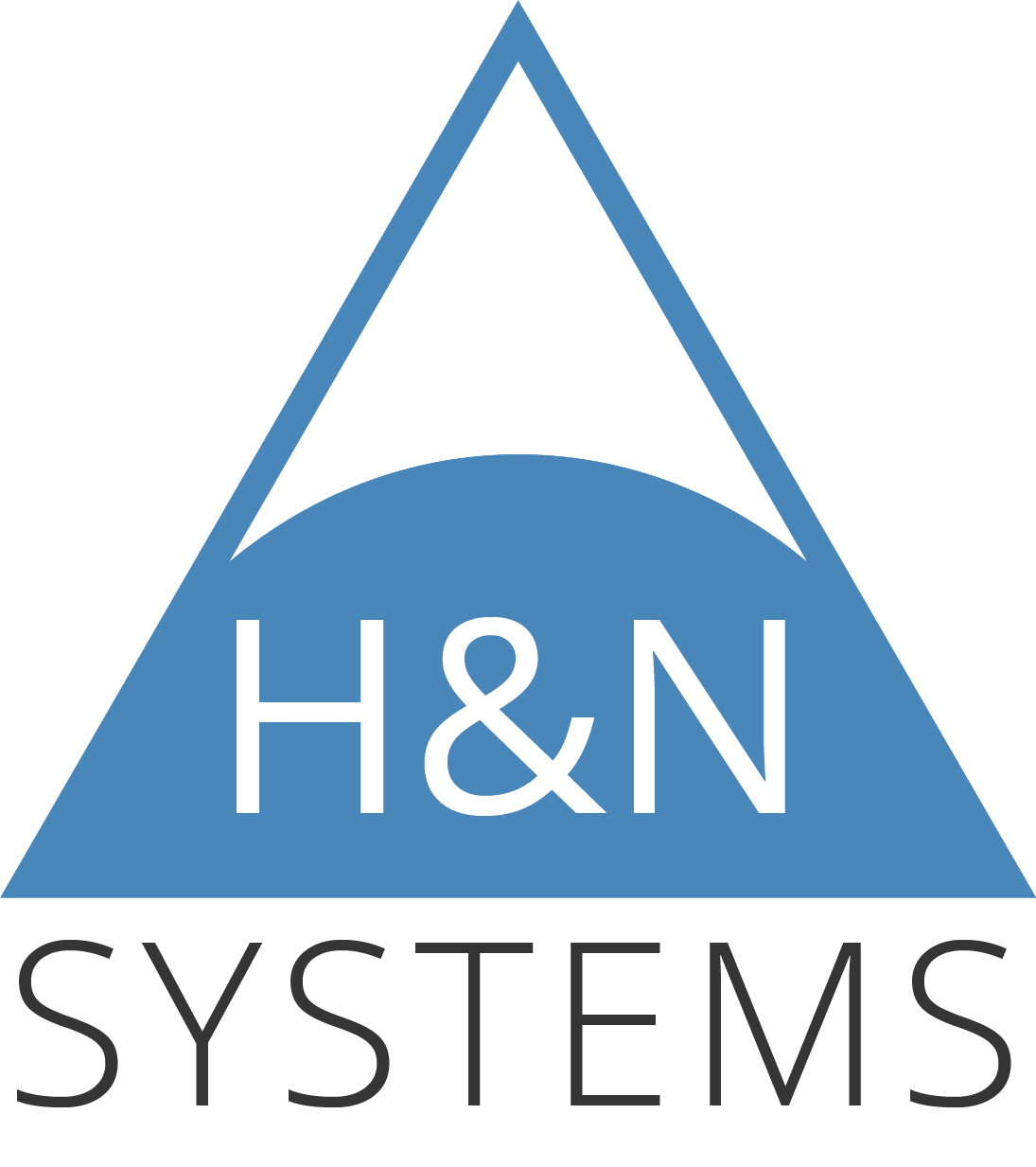In the current environment of increasing control and audit requirements, it can prove to be a burden on controllers to ensure ASC 606 is implemented and executed to the degree to which Sarbanes Oxley requires. As audit thresholds decrease, controllers are having to find ways to ensure consistent and accurate application of some very complex elements. This leads to a higher risk of misstatement and a increased accounting resource investments.
In order to address accounting complexity and controls without adding significant headcount or other resources, controllers should consider the following actions:
- Changing business processes which drive revenue transactions in order to lead to simplicity
- Control the data being used by locking and testing data
- Automate accounting for revenue recognition
Change the Business Process
When evaluating the process for recording financial information, a controller might find that the systems and data available are not adequate for tracking the transactions the business offers. It is, therefore, beneficial to consider the products, bundles, discounts, etc. offered to customers in order to simplify the revenue recognition process. A cost-benefit analysis on complex products sometimes shows that the product offerings are not adding to the bottom line because of accounting resources required to track the ASC 606 impacts. The costs of complex product offers can include personnel or systems to track and record the revenue, and extra audit fees from complexity or a history of errors. In extreme cases, the cost is the reputation or valuation of the company from bad news related to misstatements or control weaknesses, e.g. Enron.
One example of a small change which can significantly simplify the accounting process is to require that a discount offered by sales personnel is applied to an entire contract rather than to only one performance obligation within the contract. This reduces the SSP effort later in the process, makes invoicing easier, and creates many other down-stream benefits with no impact on cash flow.
Thoroughly understanding the products and sales process is crucial in order for the controller to influence change, so collaboration with sales leaders results in more meaningful and effective process change recommendations as well as allows for greater chances of a successful implantation of the recommendations.
Control the Data
When evaluating whether the data available will be adequate for reporting and audits, consider the data source on which the company will rely and whether the data can be locked so that it can be consistently pulled in future periods for audit and review purposes. Often, the reliance on operational data creates the risk that the data is not meeting accounting requirements. For example, in some operational systems, if a sale is refunded, rather than showing the refund as an expense in the period in which the sale is refunded, some operational systems reflect this as a reversal of the sale in the period in which the sale occurred, thus changing prior period data.
Another consideration is the stability of the trends and data used in building assumptions. Examples of assumptions are final rebate claims, refunds, warranties, etc. It is best to rely on a data set which will not often fluctuate when this is possible. This will have implications on future revenue as well as call into question past revenue decisions. Revenue is considered an assumption, so if the data set is changing enough to cause revenue to fluctuate significantly, this compromises past recognition conclusions and might lead auditors to assume a past revision is required due to inaccurate assumptions. If direct sales or revenue information is not available, i.e. the sales price requires unobservable inputs, look for a metric which can be linked to revenue with a high level of correlation and data which can be consistently repulled in prior periods.
The level at which data is aggregated also has implications on later steps. Consider keeping data based on some of the following metrics:
- Customer identification number or name
- Customer contract
- Product
- Date of sale
- Duration of contract (start and end date)
- Sales representative
- Amounts billed
- Whether a sale is an initial sale (customer acquisition) or repeat sale (customer retention)
- Other unique identifiers to help with revenue tracking
Automate
Automating processes and calculations also substantially decreases risk and processing time when correctly implemented. It can also significantly decrease audit work performed as audit can then rely on application controls and focus on addressing fewer manual/input risks and rely on the rest of the process. The more manual/error prone to process is, the more the auditors will question the process and results.
Automation includes developing simpler excel models, building reports in the system which are easier to insert into models, and implementing system tools which perform and book ASC 606 calculations.
There are many tools available within newer ERP systems as well as standalone products which can be added to an ERP in order to automate ASC 606 accounting. Some examples are Zuora RevPro and Pro Rata by Chargify. These tools automate SSP determination and contract price allocations as well as deferred revenue recognition. Although it’s possible to keep calculations in excel, normally the data becomes too large and there’s enough risk of human error that it is generally worth it to invest in a system which will automate the accounting for a small subscription fee.
There are also system add-ons available to collect shipping and receiving information through UI directly from vendors, which eliminates the work of tracking shipping terms manually in order to confirm proper revenue recognition and provide an easy source for audit documentation.
Final Recommendation
The possible actions above should be constantly reconsidered. There is always room for improvement, and it is often worth the time to evaluate these elements in order to continue to increase efficiency. Taking these actions will lead to significant cost savings by reducing the time to review and audit revenue and will allow for cost avoidance through internal efficiencies and a strong control environment.
